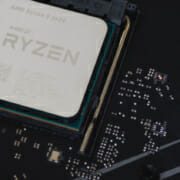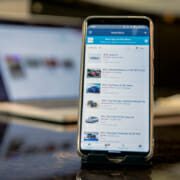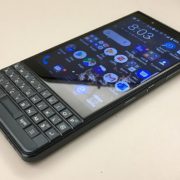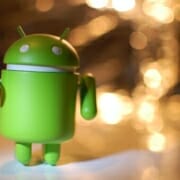5 Outstanding Examples of Minimum Viable Product Launches
There have been many notable minimum viable product launches that have transformed the tech landscape considerably. But what’s interesting is that most don’t realize that many of their favorite products and startups began life as MVPs. Brands such as Facebook and Twitter all started from humble beginnings and hardly have any semblance to their original form.
However, many MVP apps have had successful product launches and have become household names while being revolutionary at the same time. We’ll look at some of these and unveil what made them stand out below!
1. Airbnb
Brian Chesky and Joe Gebbia, the founders of Airbnb, battled with a common problem. And that’s renting out their air mattress in their homes to visitors that wish to stay for a short duration. Thus, they created a simple website for this purpose and quickly realized that this was a service with much demand. They grew the platform from that point and rapidly revolutionized the vacation rental industry on a global scale.
2. Foursquare
Launched in 2009 and only available in 100 metro areas initially, the Foursquare app tracked a user’s check-in and location data. And to make the process fun, the app came with gamification features whereby the user earned badges depending on where they’d check in. As the user base grew, it eventually became a full-fledged city guide, and the Uber and Twitter apps both use Foursquare’s Places API.
3. Instagram
Surprisingly, the incredibly popular Instagram didn’t start life as one would expect. Initially, it was called Burbn, which offered location-based functionality similar to Foursquare. But it was its photo-sharing capabilities that wowed users. And that was due to there being a shortage of great photo-sharing applications when Burbn launched. Its founders realized that they had a hit on their hands. So, they stripped Burbn of all its other features and renamed it Instagram.
4. Uber
It’s impossible to cover great examples of production launches without mentioning Uber. The Uber app creators followed the traditional app MVP model with much success. They offered the bare minimum functionality, which allowed users to connect with cab drivers and make payments via credit card. Furthermore, the Uber app was only available on iOS initially but later made its way to Android devices.
5. Spotify
Spotify is the leading music streaming service and probably came pre-installed with your Android device. But it originally only appeared on desktops as a closed beta and was made available to specific target audiences. Once the Spotify team ascertained that their MVP satisfied users’ needs, they signed up more artists. And they introduced new features, such as synchronizing smartphones with the desktop app and improved playlist functionality.
In Conclusion
Successful product launches are few, but that doesn’t mean you can’t achieve this with your upcoming MVP app. If you closely study the list above, a very noticeable trend emerges. And that’s that each app offers functionality not available by alternatives or has features far superior to that of competitors. Contact NS804 to learn how we’ll help you create phenomenal MVPs that will turn heads!












 https://unsplash.com/photos/XvS-uKUoUao
https://unsplash.com/photos/XvS-uKUoUao
Leave a Reply
Want to join the discussion?Feel free to contribute!